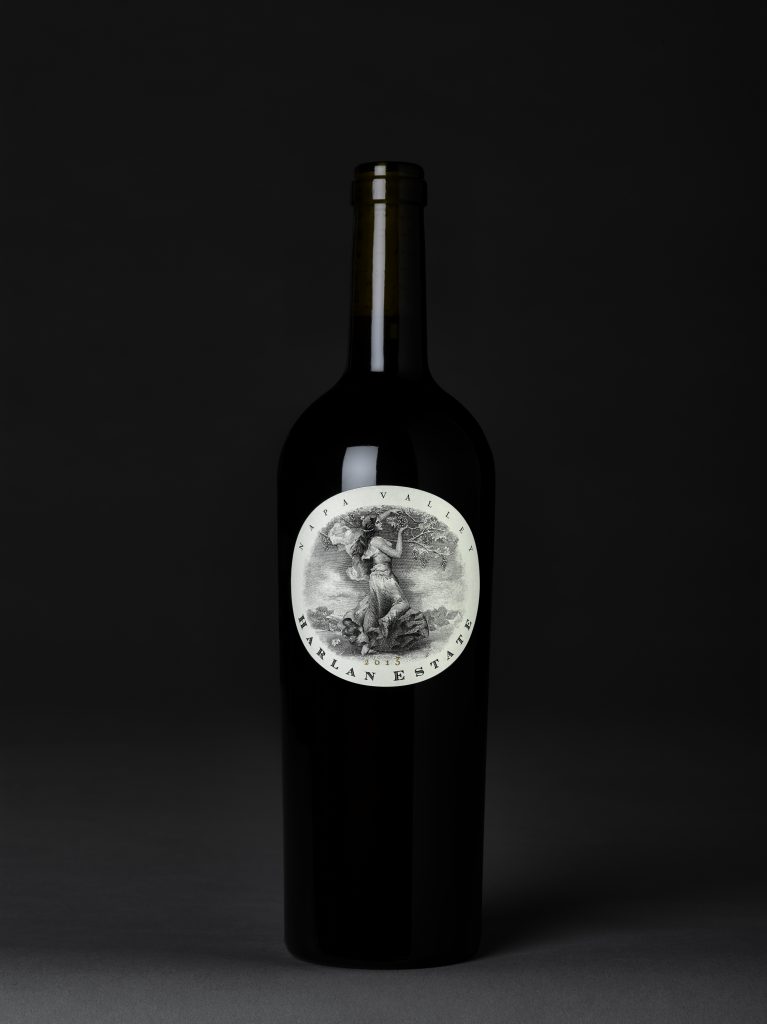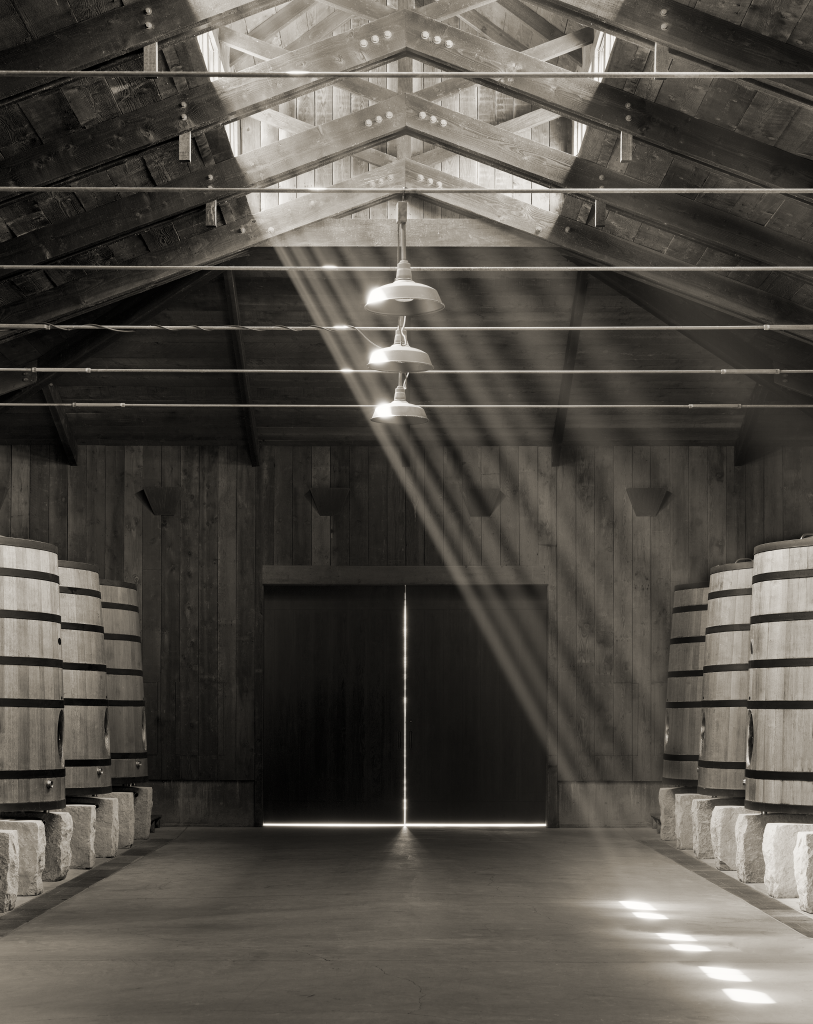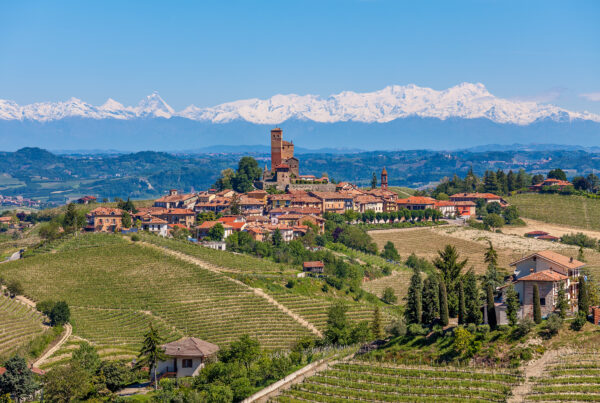
Last week, we published the first part of our interview with Bill Harlan, which covered his vision for Harlan Estate. In part two, below, we discuss the first vintages at Harlan, Robert Parker and the secondary market.
Photography by Olaf Beckman.
Can you tell us about your first vintages at Harlan?
As Bob Levy, our winemaker, began to make wine from the young vineyard, we were looking to break away from accepted practices and we also wanted to create a First Growth equivalent. We had learned a great deal from the Old World in understanding the common thread among the most valuable vineyard lands and we were interested in seeing what we could learn from the French in terms of their perspective on winegrowing, in-keeping with Robert Mondavi’s insight. We were introduced to Michel Rolland, with whom we began working in 1988. The vintages in 1987, 1988, and 1989 weren’t where they needed to be, but in 1990, when the vineyards were five years old, we saw significant evolution. The 1990 was the first vintage that we released and we released it along with the 1991 vintage early in 1996.
How is your French?
Neither Bob nor I speak French, so you can imagine what that was like. But Michel had a big smile and he’s very charming, so we started working together. We enjoyed the relationship. Michel gave us an outside perspective that we didn’t have. He suggested many things that were not in practice in the Napa Valley during the 1980s.
And you just blindly trusted him?
No, but Bob and I felt it was worth it to listen and keep our minds open to what we might learn. Bob and Michel had a good dialogue and the vineyards were getting older. Whatever it was that we were doing worked, as the wines were getting better each year. By the time we met with the critics, we’d produced ten vintages and felt the wines were at the level of quality we were hoping for.
Which critics did you meet?
Toward the end of 1995, we sat down with Robert Parker. He was the first critic that we tasted with. I told him what the dream was and what the vision was. I also told him that I was not willing to release any wines until we felt that they were on track to deserve to be in the company of the fine wines of the world.
He tasted the 1987 and 1988. He said no. He thought the 1989 was better and by the time he tasted the 1990 he thought it was pretty good. Then he tasted the 1991, 1992 and 1993. He felt that the wines were getting better fast and once we got to 1994 he felt that we were definitely in the right place.
What happened next?
Shortly thereafter, the question was whether to sell the wine only directly to consumers. We had about a two-to-one demand compared to how much wine we were producing, which wasn’t very much at the beginning. I talked with Don Weaver, our Director of Harlan Estate, and told him that I wanted to have a global presence and wanted to keep about a third of our wine for the trade. That year we sold 70% to our subscribers and 30% through the trade.
Do you hold back some wine now for tastings?
Yes, we hold some back. We’ve been doing so since the beginning, but that was never enough.

Harlan Estate fermentation room
I imagine you get pestered all the time?
Yes, we’re holding back a little more. But I assume that the additional demand is being met by the secondary market, which is more prevalent today.
What’s your view of the secondary market for your wines?
I think it’s an important market for both the consumer and the trade but something that we have no control over.
Important in what way?
The secondary market lends greater transparency to the actual prices that the wines are trading for and ultimately, their value is based on supply and demand as well as the integrity of the provenance. The best provenances are directly from the producer, your trusted wine merchant, and the best restaurants.
Is your aim to just raise prices slowly?
Yes, based on long-term demand. We don’t really have huge swings on our vintages; however, there will always be vintages that are more favoured than others.
So, if you look back, there’s just a gradual incline?
The prices have slowly increased over the last 27 years and we’ve never lowered our price one vintage to another. If you look at the secondary market, I believe you’ll find that the prices of our wines are higher than what we sold the wines for on release.
Exactly. They are. I’ve looked at the prices and it’s clearly working. Demand in the secondary market helps you validate your price for the next vintage.
We hope that the wines are always worth more in the secondary market than what our patrons originally paid for them. To achieve that, we need to do our best to monitor the integrity of our wines in the secondary market.
Do you know who your distributors and key restaurants are in advance?
We agree with the distributors on the accounts to be served—restaurants, off-premise and on-premise—and the size of each account’s allocation before we ship the wine. We sell wine to our subscribers during a 30-day window, 18 months before release to the trade. Delivery to our subscribers is concurrent with the trade shipments. We don’t sell more than 2% of our wine to any one distributor.
They’re not being cut out of the loop?
If the distributors follow through with our agreed-upon accounts and allocations, they’re not cut out of the loop.
Why don’t you sell more than 2% to each distributor?
Since the beginning, we wanted to make certain we weren’t vulnerable to any one distributor or account as to allocations and pricing. Over the years, alignment and transparency with our distributors and the accounts has proven to work well for us and our trade partners. We do not anticipate changing either the policy or the strategy.
Why do you want to know the exact accounts beyond your distributors?
We want to make sure that we are represented in the key markets and key accounts in the world. When our patrons travel, they should be able to find our wines in the types of establishments they frequent. It’s also important that we develop strong relationships with the key accounts in order to better support our distributors in their respective markets.
When will you be finished? What does ‘done’ look like?
Relationship-building and nurturing are never finished. Ultimately, we’re looking for loyalty, alignment, transparency, and trust. We won’t ever be done.
To read part one of our interview with Bill Harlan, click here.





